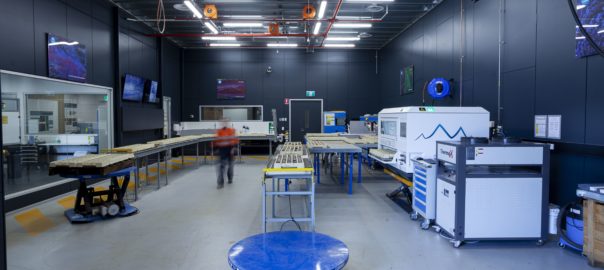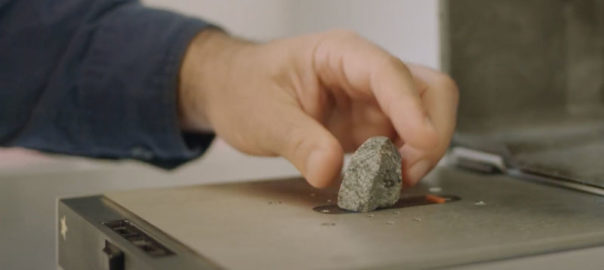Australia’s national science agency, CSIRO, has unveiled its latest state-of-the-art research facility, the Geoscience Drill Core Research Laboratory, at the Advanced Resources Research Centre in Perth, Australia.
The only facility of its kind in Australia, the A$7 million ($5.2 million) lab brings together a suite of advanced mineral characterisation equipment, including CSIRO’s unique Maia Mapper, specialised for drill core analysis and research.
Acting Director of CSIRO Mineral Resources, Dr Rob Hough, says the lab’s combination of advanced mining, equipment, technology and services instrumentation alongside CSIRO’s existing advanced characterisation facilities, gives researchers and industry the opportunity to study drill core samples at multiple scales.
“Exploration and mining companies commit large investment in drill core operations to be able to peer beneath the surface to understand orebodies and uncover new underground resources,” Dr Hough said.
“This unique facility is able to maximise data from drill core samples, enabling characterisation across scales; from big picture analyses on kilometres of drill core through to the elemental composition of rock on a microscale.”
Extracting more data from drill core analyses will help unlock Australian critical minerals by providing information that drives key decisions for the discovery, mining and processing of resources, CSIRO said.
“This facility will give researchers and their industry partners the tools to discover and recover the quality resources required for Australia to sustainably support a global energy transition,” Dr Hough said.
CSIRO’s Geoscience Drill Core Research Laboratory is a test bed platform that provides the infrastructure for the research community to work with industry to develop new workflows to enhance success and productivity in mineral exploration and mining, working in collaborative projects with industry.
CEO of the Minerals Research Institute of Western Australia, Nicole Roocke, said the laboratory will support industry and researchers working together to develop a better understanding of Australia’s mineral endowment.
“Faster analysis of drill core by a range of cutting-edge techniques in this facility will speed up the development and testing of new ideas about how mineral systems develop, and help our leading researchers identify new clues to recognising undiscovered orebodies,” Roocke said.
The facility will also provide a new training ground for students, supporting development of the next generation of geoscientists to become innovators for the resources sector.
The Geoscience Drill Core Research Laboratory and Maia Mapper were funded by CSIRO and the Science and Industry Endowment Fund, with co-investment from the University of Western Australia and Curtin University.








